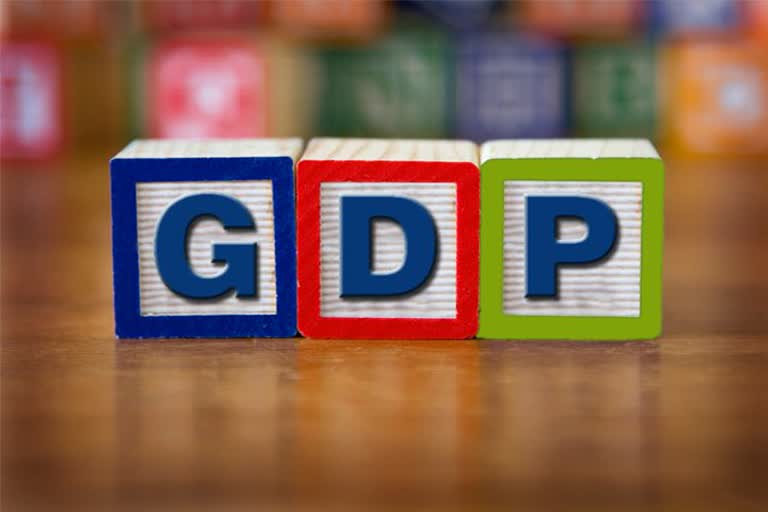Mumbai: The rise in banks' profitability, thanks to a steady decline in dud assets, can give a 0.60- per cent boost to GDP in fiscal 2020, says a report.
This will be possible due to the rise in profits on the back of a decline in credit costs, which is the money that banks set aside to deal with bad loans, will help banks lend more money to productive purposes, it said.
"The fall in credit costs implies a positive supply impact of 1.40 per cent to credit growth, which can boost real investment growth by 2 per cent and real GDP growth by 0.60 per cent financial year," a report by American brokerage Goldman Sachs said on Monday.
The Reserve Bank earlier this month pegged FY20 GDP print at 7.2 per cent, down 20 bps from its February forecast.
The brokerage estimates credit costs as a proportion of the total outstanding loans will nearly halve to 1.20 per cent in FY20 from the peak of 2.30 per cent in FY18. In absolute terms, the fall will be to the tune of Rs 1.9 lakh crore from Rs 3.3 lakh crore.
Credit growth has already been coming in at a multi-year high for the last few fortnights and printed at 13.24 per cent for the fortnight to March 29.
Read more:Exports grow 11% in March, 9% in FY19
The brokerage report said for the past nine years, the banking system has grappled with non-performing assets, where ballooning credit costs impaired their capital, constrained credit supply, and was associated with a decline in credit and investment growth.
Improvements in credit supply will now more likely stem from an improvement in banks' profitability on the normalisation of bank credit costs, it said.
This will be achieved on the back of more benign trends in stress loans and the healthier NPA provisioning ratios that "proactive policies have engendered over the past two years", it said.
The report said boost to credit growth can be higher if credit costs are lower, banks continue to substitute away from bonds into credit to the real economy or raise more capital than the baseline.
However, on the flipside, growth can be impacted by up to 0.15 per cent if some of the assumptions do not come true, it warned.



